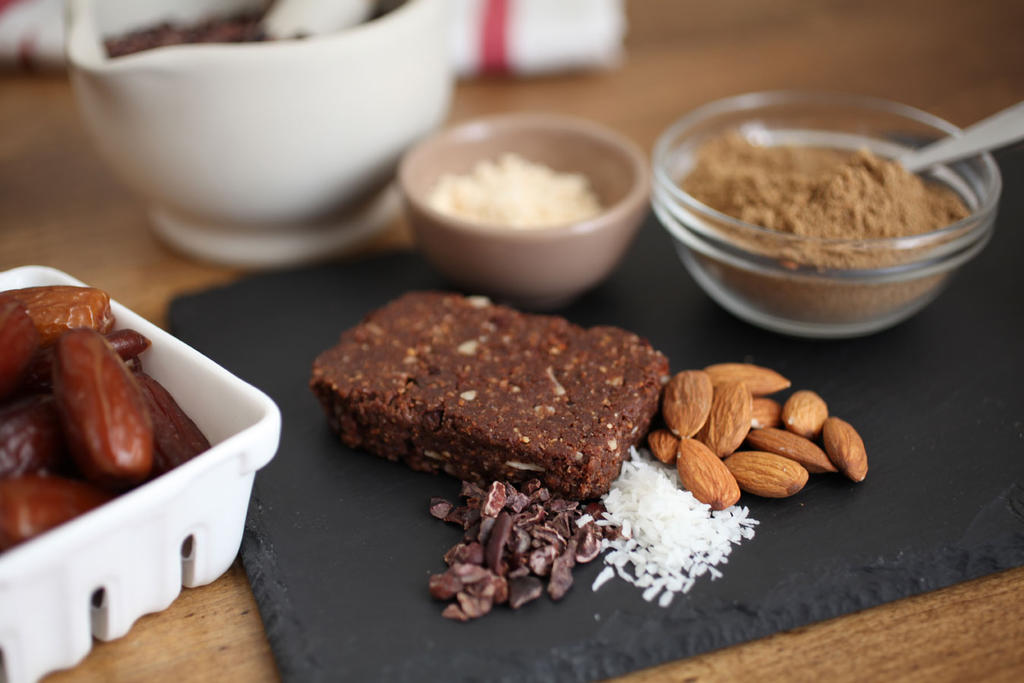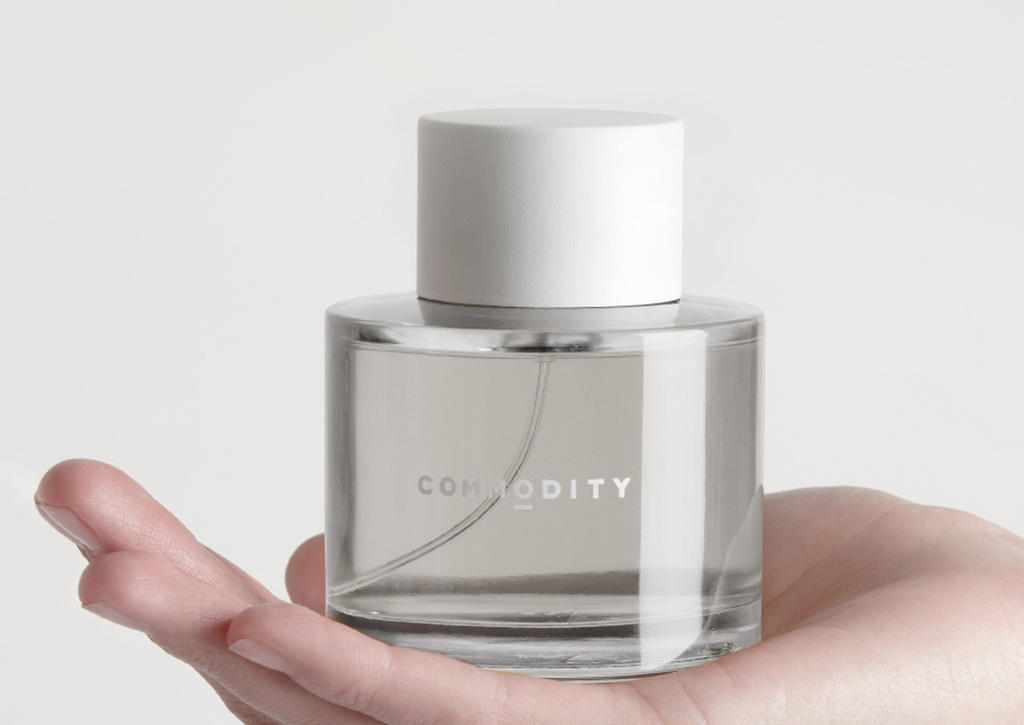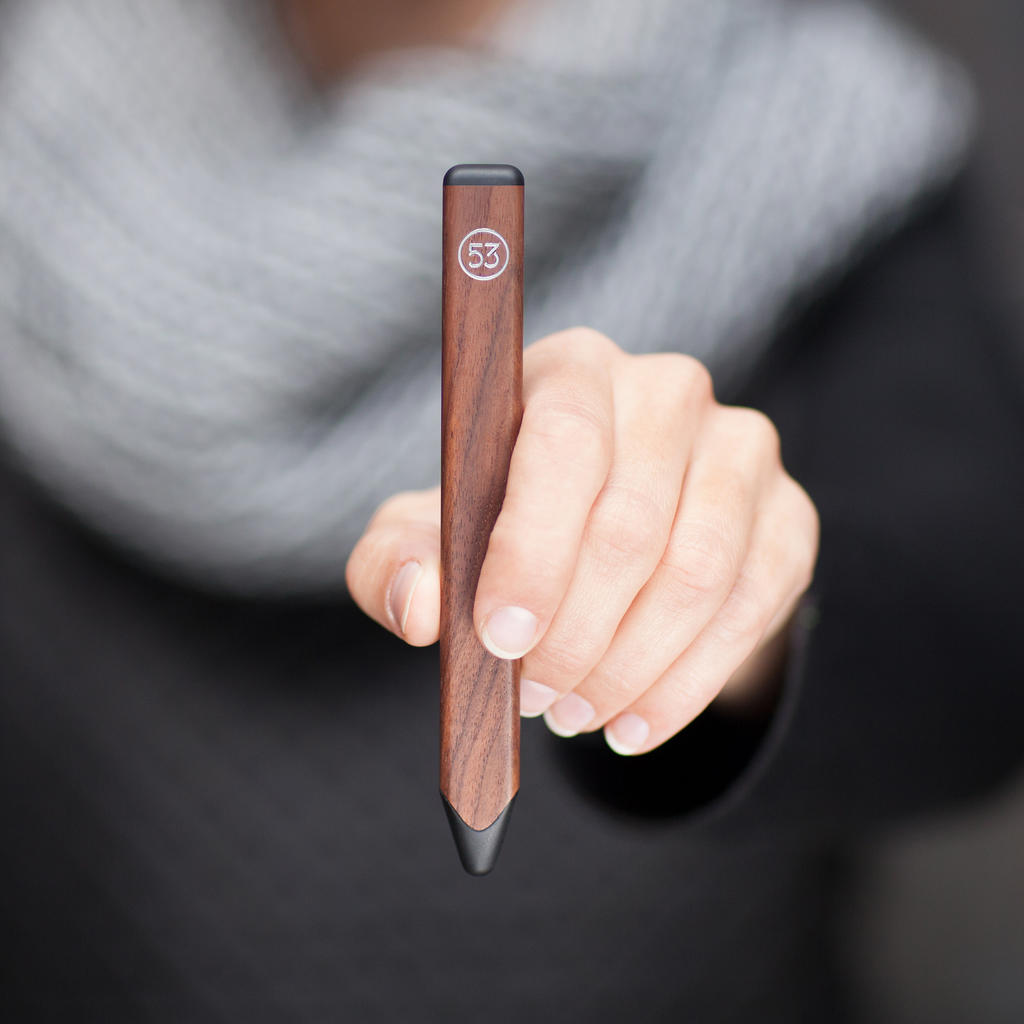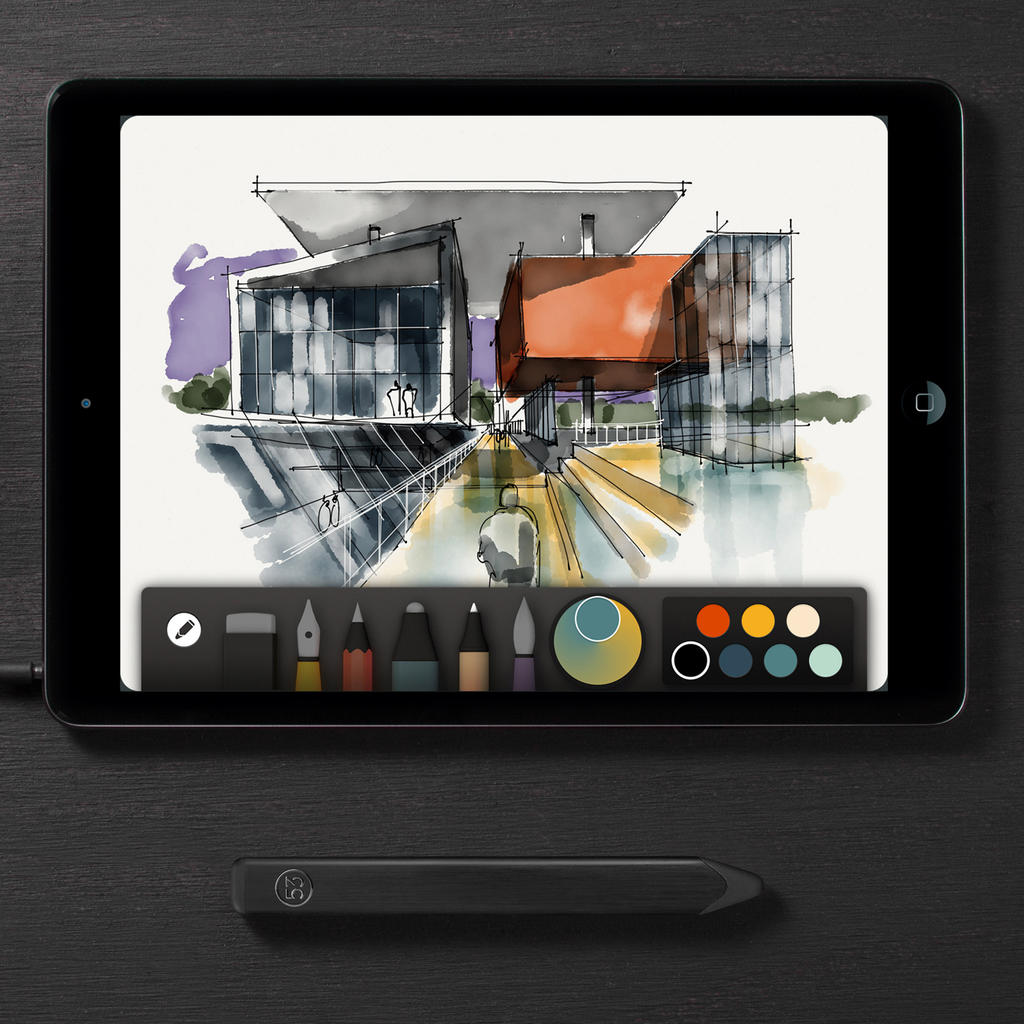Brent Bushnell, co-founder and CEO of Two Bit Circus is my guest on this episode. One of the most prolific entrepreneurs and tinkerers I know, Brent has been creating interactive installations for years and has assembled them into a travelling carnival that kicks off next month in Los Angeles (tickets are still available).
We retrace Brent’s childhood growing up with his father Nolan Bushnell, founder of Atari and Chuck E. Cheese’s, and how that inspired his mission to reinvigorate STEAM education at Two Bit Circus.
Along the way, Brent has been involved in many amazing projects, developing early touch-based interactive technology with the restaurant chain uWink, as well as installations for the LA-based event series Mindshare, making a giant Rube Goldberg machine for OK Go and other incredible machines during his time at Syyn Labs.
This was an incredibly fun conversation. I hope you’ll enjoy it too.
The Unglowing, Continued
Mere days after my post on the state of displays, Amazon launched their new Kindle Voyager line. It easily stands out as the best e-ink display available, with a retina-caliber resolution and improved contrast ratio—but we’re still in the realm of black and white, with obtrusive refresh rates. We can only hope that Amazon continues to push the boundaries of e-ink, chasing that elusive color display so they can sell the multitude of books and publications that depend on it.
One more aspect of current display technology I failed to point out is touch latency. This video by Albert Ng and Paul Dietz of Microsoft Research highlights the problem concisely and begins to offer a path forward. Simply put, most touchscreen devices suffer from a 100 millisecond delay between the input from your finger and the visual feedback on-screen. For applications like sketching, it’s abysmal.
At the iPhone announcement, Steve Jobs famously bashed the stylus—a moment I discussed with FiftyThree’s hardware team on the podcast. For most situations he was right, a touchscreen-optimized operating system shouldn’t depend on a stylus. But there’s a reason architects don’t call finger painting their medium of choice (insert Frank Gehry joke). Sketching, painting and drafting all involve tools that make our fingers more precise, more expressive, different.
The evolution of displays is clearly on a path to more paper-like experiences. What are attributes of paper that we still need to solve? In my mind the order is clear:
- Non-glowing displays that match or exceed LCD in resolution, PPI refresh rate, and color gamut.
- High-performance touch response, under 1 millisecond.
- Flexible, and eventually, foldable.
↪ No, You Can’t Manufacture That Like Apple Does
What happened when Apple wanted to CNC machine a million MacBook bodies a year? They bought 10k CNC machines to do it. How about when they wanted to laser drill holes in MacBook Pros for the sleep light but only one company made a machine that could drill those 20 µm holes in aluminum? It bought the company that made the machines and took all the inventory. And that time when they needed batteries to fit into a tiny machined housing but no manufacturer was willing to make batteries so thin? Apple made their own battery cells. From scratch.
The Unglowing
Retina displays march towards ubiquity, our computer interfaces are losing their skeuomorphic tendencies, custom web typography is ever more compatible—we live in an amazing world. My design process across printed materials, native UIs and websites has converged towards a unified design language that simply stretches horizontally and vertically to fit the physical dimensions of any given medium.
The pixel is very nearly dead.
If there’s one last rift between the analog and digital experience it’s the obnoxious glow we endure every day from the multitude of displays that surround us.
The 2010 e-ink Kindle that sits on my nightstand remains one of my favorite devices for its soft, comfortable reading experience and the 30-day battery life. It might sound like a first world problem, but as people add one more cable to their bedside and begin charging their Apple Watch every night, the idea of a device lasting 30 days seems more and more like the miracle of Hanukkah.
As an industrial designer first, I’ll go further and say that backlit displays will always anchor wearables to a rock called dorkdom. When display technology eventually matches the beauty of a printed color photograph, this moving paper will make the integration of hardware and software truly seamless, and we’ll have finally emerged from what still seems to me like an uncanny valley.
Products like the Electric Objects EO1 make it obvious that this new display type can’t come soon enough, even outside the world of wearables. We’ve accepted that displays glow, but they shouldn’t always need to.
What I worry about is whether we’ve hit an evolutionary dead end. LCDs are on a path towards inexorably cheaper prices at greater pixel densities, but they will never solve this challenge. Will it be Mirasol? Color e-ink? Something else? Who knows, but right now, there is no product category pushing us in that direction and it makes me wonder if the convergence of digital and print design will soon plateau.
Update: A couple days later, Amazon released its new e-ink Kindle Voyager, see The Unglowing, Continued.
Gabi Lewis and Greg Sewitz are the founders of Exo, a company that makes protein bars with cricket flour. While it might sound gross at first, eating insects is common practice for most people around the world. There are lots of good reasons why: they're more sustainably grown than livestock, they're high in protein and properly prepared they can truly be delicious.
The idea came on my radar a couple of years ago with a spec packaging project from design students at the Royal College of Art in London. Maybe it's my background in zoology, maybe it's the wild diversity of diets I've seen living in Los Angeles, but the concept made sense to me instantly. When Exo's Kickstarter campaign went live, I jumped at the occasion to support this effort, and give cricket protein a try.

What Gabi and Greg have come up with, is a flour made from crickets that have been frozen, roasted and milled. The resulting flour is mild tasting, and gluten-free by definition. They've combined this flour with other natural ingredients to create protein bars that I can personally say are some of the most delicious I've tasted.
There's a chocolate flavor, a peanut butter and jelly, and a gingerbread-inspired flavor. All three were excellent.

As someone who enjoys treating themselves to steak or sushi, I've often considered the ethical and environmental issues surrounding meat. One of my favorite essays on the topic comes from the introduction to Hugh Fearnley-Whittingstall's exceptional
River Cottage Meat Book, in which he methodically defends eating meat, without looking to antagonize vegetarians. Read it, if you ever get a chance.
I'm convinced that over the next couple of decades, insect protein will grow to become an important part of the Western diet. To some degree it has to, in order to keep up with our demand for protein, and increased standards for animal husbandry (see the controversies over
California's 2008 Prop 2). Soy and pea-based "meat-substitutes" such as Beyond Meat, will only take us so far in balancing our diet away from livestock... but that's a topic for another post.
As you can imagine, the process of bringing a cricket-based product to market has been a challenge. From sourcing crickets, to finding a contract-manufacturer who would handle them, and developing a recipe with Kyle Connaughton of The Fat Duck, we discuss how Exo navigated their first run of protein bars.
Also mentioned on the show: Little Herds, a wonderful nonprofit organization promoting the use of edible insects.
↪ OpenERP rebrands, now Odoo
Not sure the rebrand is what will attract new customers to OpenERP.
As I alluded to in my conversation with Adam Vollmer of Faraday Bikes, I evaluated ERPs for Lumi. OpenERP was one of the main contenders but ultimately the manufacturing module failed to meet our requirements and custom development would have been too costly.
I was also shocked to get a glimpse at OpenERP's internal corporate structure. Despite the open source nature of the project, their business model puts them on track to become yet another big, slow, expensive ERP company pushing massive service fees.
Unfortunately there's just no great solution in the ERP world. Requirements for this category are so complex that by the time a system becomes adequately feature rich, improvements in software technology make it feel obsolete. I wonder if someone will crack that nut.

This week I'm joined by Owen Gee, founder of Commodity. The company has developed a delightful collection of colognes and perfumes, available online through a home try-on process reminiscent of Warby Parker.
Like myself and previous guest Andrew Kim, Owen came out of Art Center College of Design in Pasadena, California. Shortly after graduating, he joined Ferroconcrete, a lauded branding agency in Los Angeles. Founded by Yo Santosa (yet another ACCD alum), the agency quickly established an impressive roster of clients including TBS, TNT and Pinkberry. Ferroconcrete also became an incubator for projects such as Fruute, and eventually Commodity.

As you might expect, the sophisticated branding behind Commodity came naturally to Owen and his team, but the process of bringing these fragrances to market took much more than that. On the show we explore their experience funding the project on Kickstarter, the challenges and benefits of a bottled product, the process of creating an authoritative yet friendly brand, and unpacking the complex world of cosmetic chemistry.
Mentioned on the show:
This week I'm joined by three of the designers on FiftyThree's hardware team: Jon Harris, John Ikeda and Hauke Gentzkow.
FiftyThree is probably best known for Paper, an intuitive and beautifully designed sketching app for iPad. Many of the company's founding team members are ex-Microsofties who participated in developing the Xbox, Zune and the fatefully mothballed Courier tablet.
Its latest product, the Pencil stylus, connects to the app via Bluetooth and works with the humanistic simplicity we've come to expect from FiftyThree.


On the show we discuss how to build intuitive, accessible products by starting with the experience and how that design philosophy has led FiftyThree to create a wonderful ecosystem of software, hardware and services.
We cover some of the team's extensive background at Microsoft, the challenges of making hardware in small versus large companies, some of the pros and cons of crowdfunding and more. Enjoy!
Mentioned on the show: